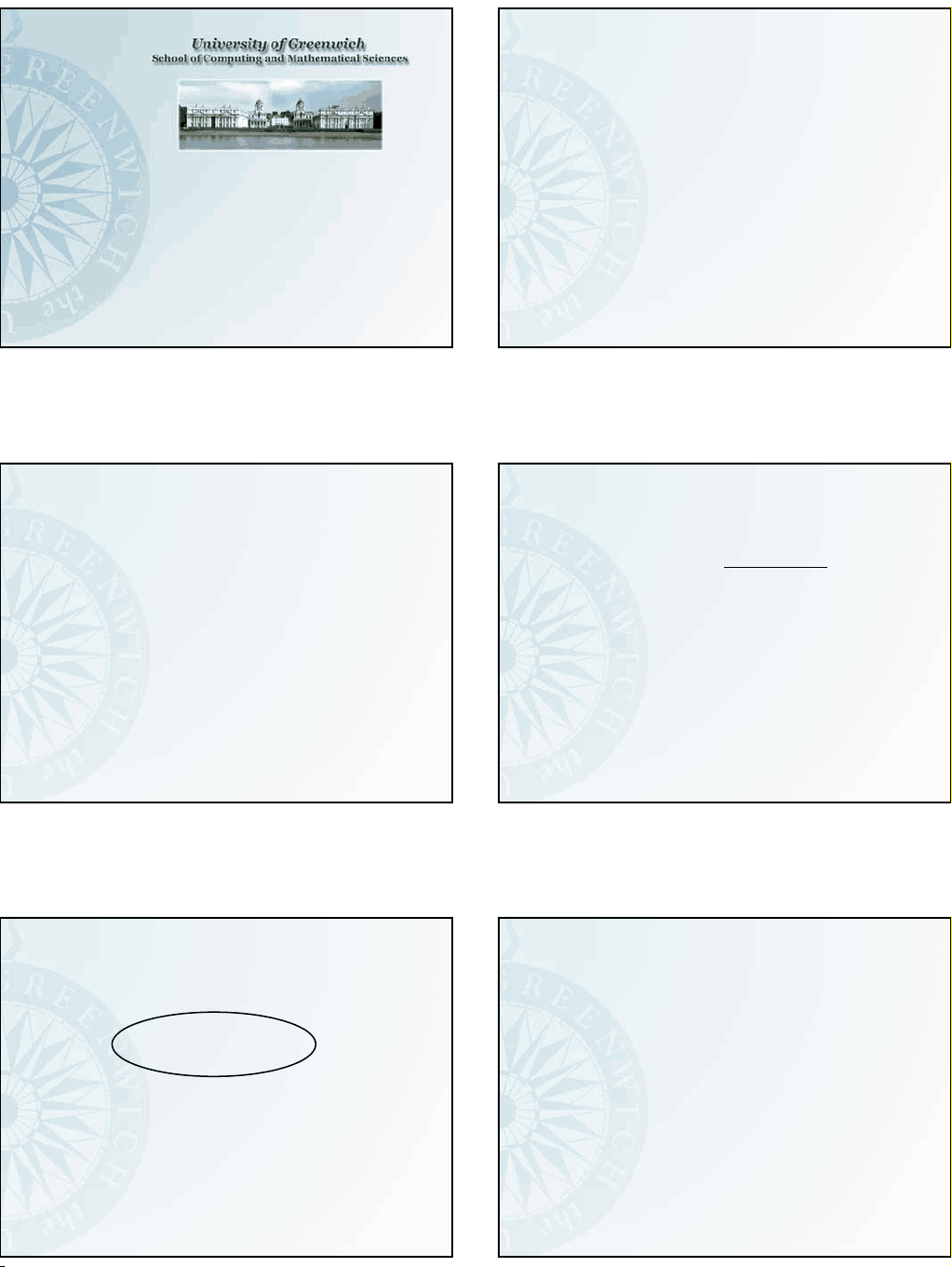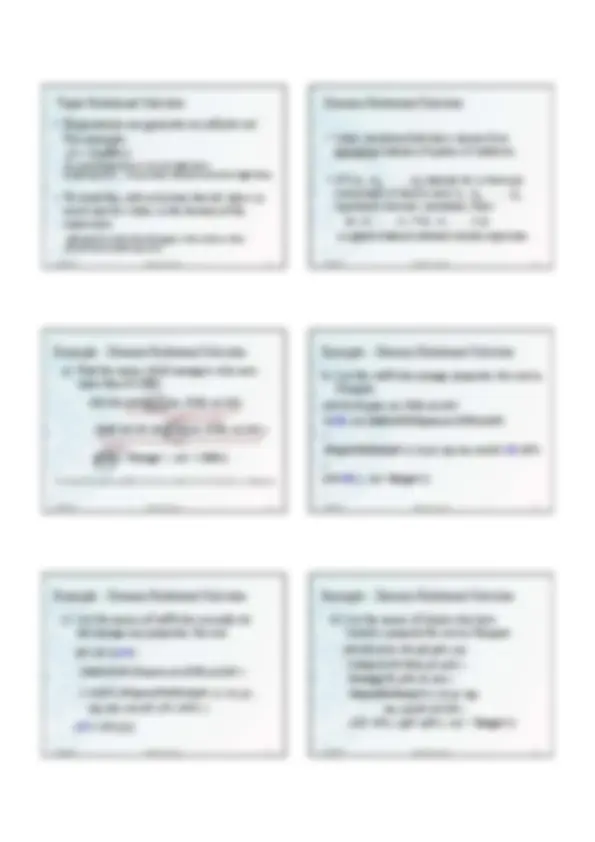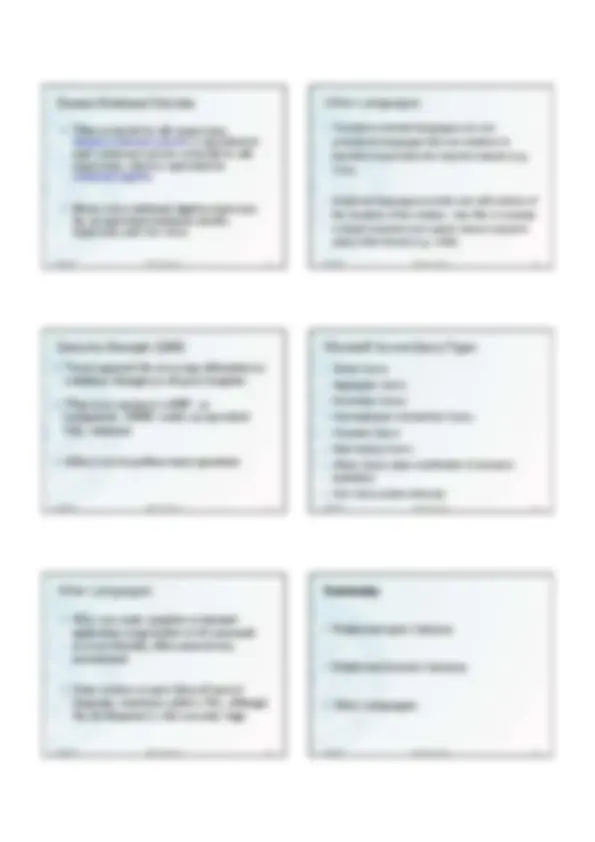




Study with the several resources on Docsity

Earn points by helping other students or get them with a premium plan


Prepare for your exams
Study with the several resources on Docsity

Earn points to download
Earn points by helping other students or get them with a premium plan
Community
Ask the community for help and clear up your study doubts
Discover the best universities in your country according to Docsity users
Free resources
Download our free guides on studying techniques, anxiety management strategies, and thesis advice from Docsity tutors
An overview of relational database languages, focusing on tuple and domain relational calculus. It covers the objectives of relational calculus, the concept of tuple variables, and the use of quantifiers in tuple relational calculus. The document also introduces domain relational calculus and other database languages, including transform-oriented languages and query-by-example (qbe).
Typology: Study notes
1 / 4

This page cannot be seen from the preview
Don't miss anything!



Relational Calculus & Other DB Languages Dr. Ala Al-Zobaidie The slides are based on the textbook Database Systems by Connolly & Begg 30/05/2007 DBDI / Rel Calculus 2
30/05/2007 DBDI / Rel Calculus 3
30/05/2007 DBDI / Rel Calculus 4
{S | Staff(S) ∧ S.salary > 10000}
If true produce S
30/05/2007 DBDI / Rel Calculus 7
Staff(S) ∧ (∃B)(Branch(B) ∧ (B.branchNo = S.branchNo) ∧ B.city = ‘London’)
30/05/2007 DBDI / Rel Calculus 8
(∀B) (B.city ≠ ‘Paris’)
30/05/2007 DBDI / Rel Calculus 9
30/05/2007 DBDI / Rel Calculus 10
{S.fName, S.lName | Staff(S) ∧ S.position = ‘Manager’ ∧ S.salary > 25000}
{S | Staff(S) ∧ (∃P) (PropertyForRent(P) ∧ (P.staffNo = S.staffNo) ∧ P.city = ‘Glasgow’)}
Condition
Target tuple variables Range
{S.fName, S.lName | Staff(S) ∧ (~(∃P) (PropertyForRent(P)∧(S.staffNo = P.staffNo)))}
{S.fName, S.lName | Staff(S) ∧ (∀P) (~PropertyForRent(P) ∨ ~(S.staffNo = P.staffNo)))}
{C.fName, C.lName | Client(C) ∧ ((∃ V )(∃ P ) (Viewing(V) ∧ PropertyForRent(P) ∧ (
C.clientNo = V.clientNo) ∧
(V.propertyNo=P.propertyNo)∧P.city =‘Glasgow’))}
30/05/2007 DBDI / Rel Calculus 19
30/05/2007 DBDI / Rel Calculus 20
30/05/2007 DBDI / Rel Calculus 21
30/05/2007 DBDI / Rel Calculus 22